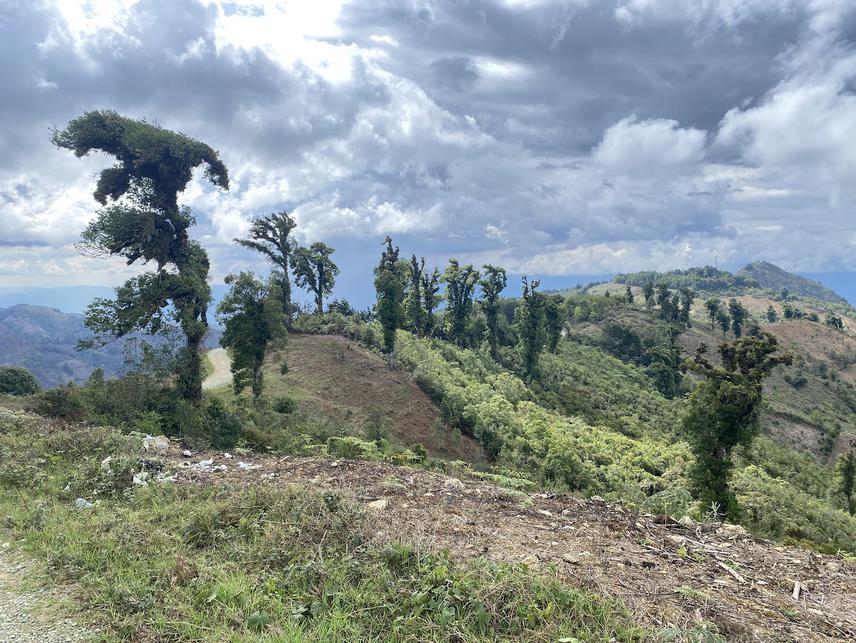Mónica Torres
Other projects
9 Jul 2020
Creation of Biological Corridors Using Family Plots, for the Conservation of Abronia campbelli, within a New Distribution Zone for the Species
9 Sep 2022
Upscaling and Enhancing Biological Corridors for the Conservation of Abronia campbelli, through Research and Capacity Building
Abronia campbelli is critically endangered due overwhelmingly to severe habitat loss. Our habitat restoration program, a total of one-third of the species habitat, has significantly contributed to its conservation. However, recent assessments of these restored areas reveal minimal or absent colonization by vascular epiphytes, which are vital for providing the necessary spatial and structural complexity for A. campbelli.

An adult Abronia campbelli in its natural habitat, perched on vascular epiphytes. ©Fundesgua.
To address this, our project will focus on cataloguing and documenting the diversity, abundance, and colonization of these epiphytes. Additionally, we will establish a greenhouse to reproduce the epiphytes needed to conduct translocation experiments for this project and to translate this newfound knowledge into action, expediting and enhancing habitat restoration endeavours aimed at conserving Abronia campbelli.

A deforested mountainside with isolated oak trees, typical of the degraded habitat within the A. campbelli distribution range. ©Fundesgua.
Header: A close-up view of vascular epiphytes that constitute the microhabitat of A. campbelli. ©Fundesgua.